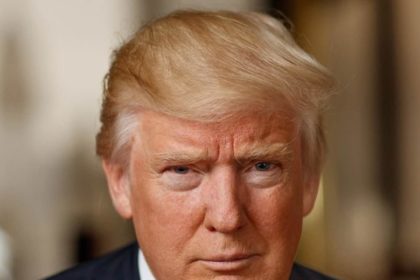
By Adeyemi Adekunle
Amidst escalation of military involvement in the Democratic Republic of Congo (DRC), South Africa has dispatched additional troops and military equipment to the region, following the tragic loss of 14 soldiers during recent clashes with rebel forces. Sources from various political and diplomatic circles indicate that these reinforcements are part of a strategic response to the intensifying conflict in eastern DRC, a region long plagued by instability and humanitarian crises.
The recent troop deployment underscores concerns that the fighting, especially in the eastern DRC, could spiral into a wider regional conflict. Over the past three decades, this area has been marked by genocides, cross-border skirmishes, and countless uprisings, making it a volatile “powder keg.” The South African National Defence Force (SANDF) aims to support the Congolese military in combating the M23 insurgency, which has gained ground in recent months, particularly after seizing the eastern city of Goma.
Eyewitness reports and flight data reviewed by Reuters revealed transport aircraft making regular trips from South Africa to Lubumbashi, a strategic city located approximately 1,500 kilometers south of the conflict’s epicenter. An airport employee confirmed the arrival of military planes last week, coinciding with reports of a reinvigorated South African presence in the area. South African lawmaker Chris Hattingh, who serves as the defense spokesperson for the Democratic Alliance, highlighted that an estimated 700 to 800 soldiers had been flown into Lubumbashi.
However, Hattingh expressed concerns over the lack of transparency surrounding this buildup. “It is difficult to figure out what is exactly unfolding because parliament’s defense committee has not been briefed,” he noted in a message to Reuters. The SANDF’s public relations office has been tight-lipped about the deployment, with spokespersons on record stating they were not informed of the troop movements. Meanwhile, officials from the DRC army have refrained from confirming or denying the deployment, creating a veil of uncertainty regarding the international military support in the region.
The rising tension can be traced back to a series of escalating clashes between M23 rebels and DRC government forces, with the conflict claiming over 2,000 lives and displacing hundreds of thousands of civilians. Local communities bear the brunt of this violence, as many are forced to flee their homes, facing dire humanitarian conditions in overcrowded refugee camps. International human rights organizations have decried the situation, calling for an urgent ceasefire and reinvigorated diplomatic efforts to bring about a lasting peace.
Though South Africa has around 3,000 troops stationed in the DRC under both a United Nations peacekeeping mandate and a Southern African regional force, skepticism looms over the effectiveness of these efforts. Some analysts worry that without a coherent strategy and clearer objectives, the situation may deteriorate further, exacerbating the ongoing humanitarian crisis.
As South Africa continues to grapple with its role in the DRC, the international community watches closely. With regional tensions mounting and peace in the area increasingly elusive, the repercussions of this military buildup could have far-reaching consequences for not just the DRC but for the entire southern African region. The situation demands not only military intervention but also sustained diplomatic talks to ensure that the deficiencies in governance, human rights abuses, and the quest for long-term stability are addressed comprehensively.
Facing such complexities, South Africa’s actions will undoubtedly be scrutinized by both domestic and international observers eager to understand the long-term implications of increased military involvement in a region already burdened by decades of conflict and chaotic political transitions. While hopes for peace linger, the fragility of the situation in the DRC speaks to the challenges that lie ahead.




